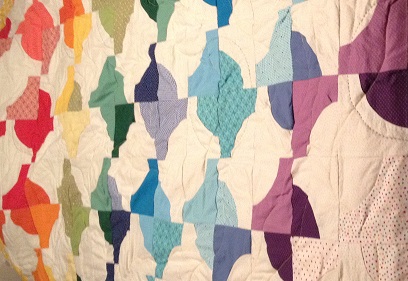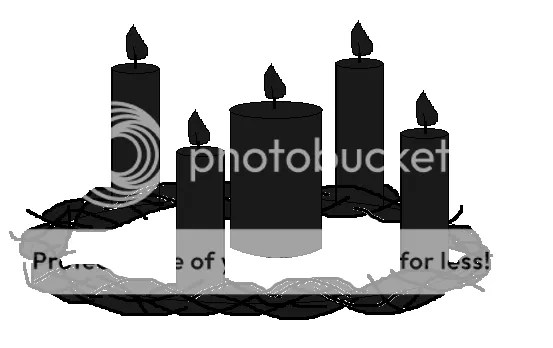Habibis, welcome to Guest Post Wednesday, featuring my friend Nikki. She’s joining us today to share her beautiful art. She’s so talented. I’ll let her tell you all about it, so read on and enjoy!
Hi! I’m Nikki. If you scroll down a bit, you may notice that none of these are quilts. That may lead you to surmise that I am not, in fact, a quilter. You would not be wrong. Instead, I bring to you the thing that I make and give as gifts to my favourite people (both during the winter holiday gift-giving season and, occasionally, for birthdays, if I can get my act together in time).

(Georgetown University seal)
These are some of my favourite projects from over the past couple years since I started making these pictures. All artwork is done by hand in ink. I usually use a refillable pen with a .38 tip. I like how small the tip lets me write, which is useful for the type of detail I like to be able to get, but is also generally my favourite sized pen tip. I’ve found that smaller tips tend not to write as smoothly, while larger pen tips are just too big.
I made several of these for my closest friends from college in 2012. Even though the basic picture was the same, I personalized each one by incorporating their favourite quotes from books or poems, which I’d stealthily asked them about in a harmless discussion thread several weeks earlier. Each quote is one ‘book’ in the stack.
These are particularly great gifts for people who live far away, because they’re flat and easy to mail. I often put them inside a stiff greeting card to protect them on the journey.
This picture was made for my friend P, who loves cows. The Japanese script that make up the picture reads, in translation, “three-legged pig” and “seeds of happiness”, which are both references to a Japanese drama we watched and bonded over when we were first becoming friends. The drama is about friendship, and supposedly the three-legged pig figurines bring luck to the people who have them. The “seeds of happiness” comes a few episodes later, when the students in the drama are given “seeds of happiness”–one little doll each that bring happiness to the person they’re given to if they collect more than one. The three friends each gave their happiness seed to each other, so they all still end up with one each, but I think they’re happy anyway.
If I don’t have very personal text to use for a picture, I usually try to find something clever or related to the subject material. For instance, in the photo below, I used the first verse from “How Does the Little Crocodile” by Lewis Carroll. How doth the little crocodile / Improve his shining tail, / And pour the waters of the Nile / On every golden scale!
(made as a surprise for a friend who loves crocodiles)
I like to experiment with what I’m doing, though they don’t always work. This horse was styled after Chinese ink paintings, but definitely looks a lot flatter here in simple ink letters. It’s pretty, and it wasn’t easy to make, but the medium just doesn’t allow for the depth and shadow that watercolour ink and brushwork can.
Process:
Some pictures are simple enough to freehand, like this ‘lovebird’ I made out of hearts.
But most are complex enough that I feel better working from a reference picture or outline. In those cases, I usually search for the type of image I’m picturing in my head, or for a specific picture like the university seal.
(Hoya Saxa)
For pictures like this seal, I usually use my computer screen as a kind of backlit table and put the paper directly on top of the picture I’m trying to outline. Then I very gently (so as not to damage the screen) write out the line or phrase I’m using to flesh out my art over the ‘dark’ sections. Most of the time I do the outline on the screen and then fill in the rest on another hard surface like a table.
In most cases, like in this advent wreath, I have a very specific idea of what I want, and I’ll draw the reference shape myself. The best reference shapes have a high contrast between the areas that I want to fill in and the areas I don’t, so they’re easy to see through the paper if I decide I want to trace a section. They don’t have to be pretty or have a lot of depth of shading, since none of that comes through in the language silhouette in the final product.
I like to work with a line or phrase that’s short enough that I can remember the whole thing at once without having to reference the quote as well as the reference photo I’m using. I’ve found that the picture flows better if I don’t have to keep pausing to remember what the next word is.
Happy December!











